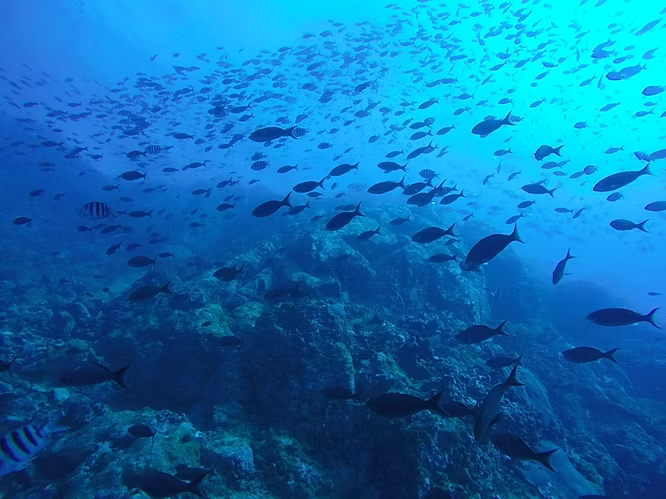Fear in the Pelagic Zone
While analyzing 2010 echosounder data off central California, master’s student Sam Urmy noticed unusual spikes resembling acoustic interference. Most readings captured marine animal movements, but the spikes were caused by dolphins using echolocation, scattering smaller organisms.
Predator Avoidance Shapes Movements
This observation led Urmy to explore predator avoidance as a major driver of oceanic animal movement. As a postdoc with Kelly Benoit-Bird at the Monterey Bay Aquarium Research Institute, he examined a year-long echosounder dataset and used statistical modeling to study these interactions.
Vertical Movements and Fear Responses
The research revealed that dolphins and other predators trigger fish to flee, usually into deeper waters. In turn, fish schools cause zooplankton to react similarly, creating a continuous vertical “ballet” of movement throughout the water column.
Integration with Day-Night Cycles
Alongside these fear-driven movements, traditional factors like day-night cycles also influence vertical migration. Together, these behaviors suggest that predator avoidance is a widespread motivator of animal movements across oceans.
Implications for the Food Web
Experts note that while fear-driven behavior is known, demonstrating it across multiple levels of the food web is rare. Understanding how short-term movements influence long-term survival and population dynamics will be key for future research.
Expert Insights
- Michael Heithaus, marine ecologist at Florida International University, emphasizes the importance of linking these short-term behaviors to long-term ecological trends.
- He also notes the potential value of studying these patterns in diverse oceanic locations to better understand ecosystem dynamics.
Conclusion
This research highlights the profound influence of predators on marine ecosystems, showing how fear shapes the daily movements of fish and plankton. These vertical migrations ripple through the food web, demonstrating that predator-prey interactions are a key factor in ocean ecology and must be considered in marine management and conservation strategies.

